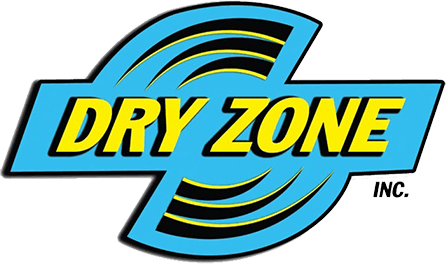Water damage to your home can be a very costly and stressful ordeal. Water damage can lead to mold growth and serious structural damage if not handled quickly and correctly. It is important to dry your home and prevent further damage quickly.
If you don’t know how to dry your home after water damage, you have come to the right place. Keep reading below to learn more.
A Guide to Drying Out Your Home after Water Damage
Drying out your home after water damage can be a daunting task. But with these tips, you can get the job done quickly and efficiently.
1. Remove Any Standing Water
The first step is to remove any standing water in your home. This includes water in carpets, upholstery, and other porous materials. You can use a wet/dry vacuum or a mop and bucket.
2. Save Your Belongings
If possible, try to save your belongings. This includes any clothing, electronics, or other valuables. Water can damage these items, so it’s important to try to salvage them if you can.
3. Open All Windows and Doors
Once you have removed the water, it’s important to ventilate your home. This will help to prevent mold and mildew from growing. Open all of the windows and doors in your home to get some fresh air flowing.
4. Use Fans and Dehumidifiers
If you don’t have any fans, you may want to consider renting or buying some. You can also use a dehumidifier to help remove moisture from the air. The goal is to get the air moving and dry out your home.
5. Remove Wet Carpets and Flooring
Any wet carpet or flooring should be removed as soon as possible. This will help prevent mold and mildew from growing in your home
6. Clean and Disinfect
Once the area is dry, you will need to clean it. This includes washing any clothing or linens affected by the flood. You will also need to clean any surfaces that have been in contact with the water, such as countertops and floors. Be sure to use a disinfectant to kill any bacteria or viruses that may be present.
7. Inspect for Damage
Once the area is dry, you will need to inspect it for damage. This includes checking for structural damage, such as cracks in walls or ceilings. You will also need to check for any electrical or plumbing issues. If you find any damage, be sure to have it repaired as soon as possible.
8. Hire a Water Damage Restoration Service
Once the area is dry, and all the damage has been repaired, you will need to hire a water damage restoration service. Hiring a water damage restoration service is the best way to ensure your home is restored to its original condition.
These services will have the necessary equipment and expertise to remove all water and moisture from your home. They will also be able to repair any damage that has been done.
Conclusion
Dealing with water damage can be a very stressful experience. However, it is important to remember that repairing the damage and getting your home back to its original condition is possible. By following the tips above, you can ensure that your home is repaired as quickly as possible.
If you need water damage restoration services in Florida, you can hire us at DryZone. Remove all the burden of recovering your precious belongings and leave it all to us. Get in touch with us to learn more about our services.


